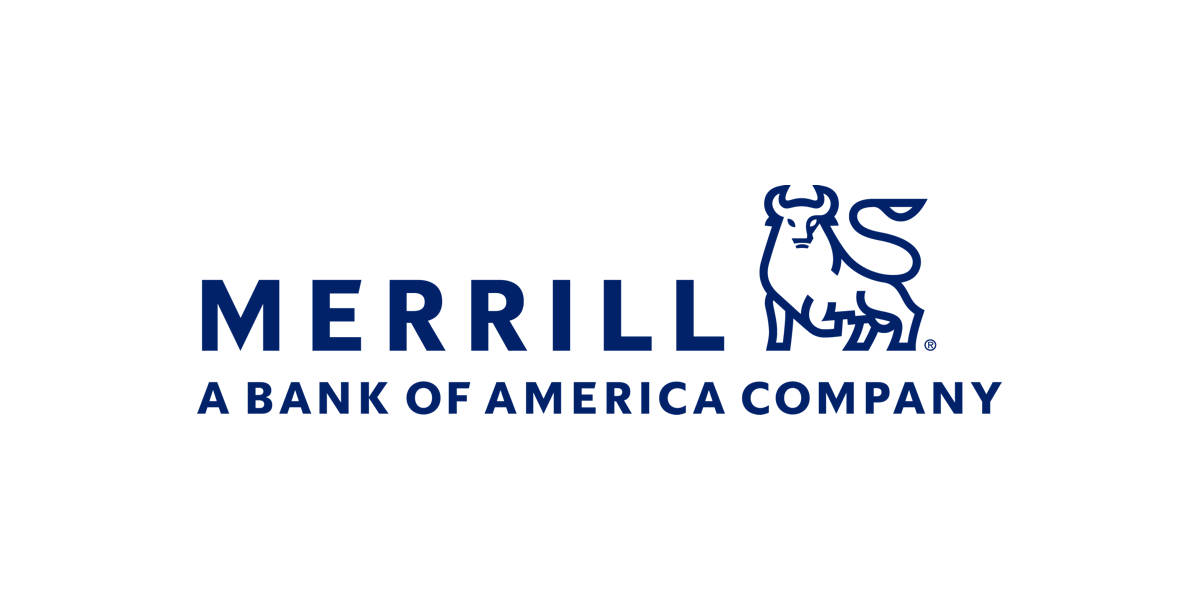“In typical “Art of the Deal” fashion, the opening tariff bid on April 2 was so outrageous it caused an unprecedented spike of fear and uncertainty about policy, so that the subsequent compromise was greeted positively with relief while still creating the structural shift in policy likely desired in the first place. Over the next several weeks, the spectrum of possibilities for deals with other trading partners is more or less laid out by the extremes, with the U.K. representing the “best case” scenario and China the “worst case” as far as tariffs go. Also helping to significantly reduce the odds of recession is the growing recognition that fiscal policy is likely to mitigate much of the damage that tariffs are expected to do to U.S. household budgets. Congress is moving quickly to pass a budget that President Trump can sign by the summer. As promised during his campaign, early drafts show tax breaks for lower income households, including exemptions for tips, overtime, auto loan interest and senior citizens, as well as higher standard deduction amounts. While the burden of 10% base tariffs will be split between foreign producers, importers and U.S. consumers to varying degrees, these tax cuts would more than offset tariff costs for many lower income households since imports are a relatively low share of the U.S. economy.”
Morten W. Langer



